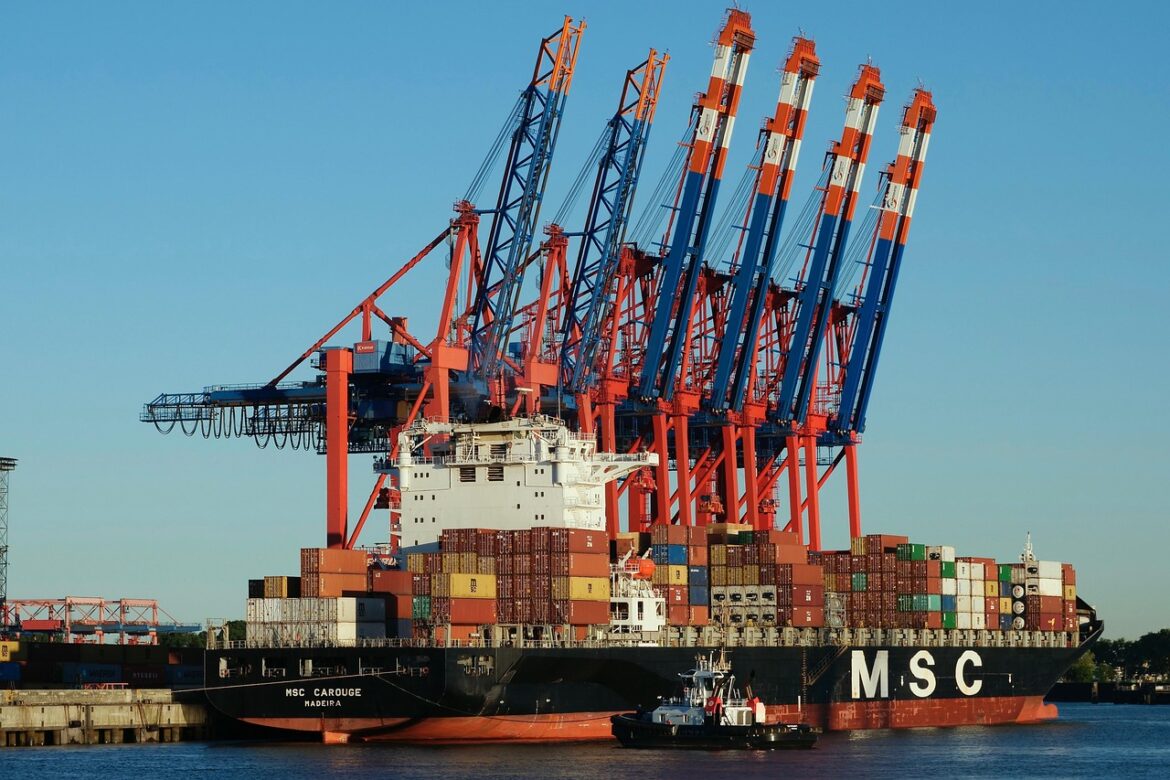Riding the Waves of Change in 2025 Supply Chains
Supply chains in 2025 are like a high-stakes ocean voyage, buffeted by tariffs, tech innovations, and the push for local resilience. Companies are no longer just trying to keep afloat—they’re steering through unpredictable waters with practical, evolving tactics.
The Tariff Tempest: Ag & Industry Feeling the Heat
This year’s U.S. tariffs on imports from China and Mexico have stirred up significant turbulence, impacting over $30 billion in agricultural trade alone. The tariffs don’t just add a price tag—they disrupt the entire rhythm of supply chains, creating bottlenecks at ports and forcing agribusinesses to scramble for new suppliers and markets.
For example, farmers face up to a 15% increase in production costs as delays and rising input prices ripple through operations. Small and mid-size farms feel these shocks hardest because they have less wiggle room to adapt. This tariff storm has created a volatile market where prices swing unpredictably, threatening stability in food supply and manufacturing components alike.
In the manufacturing arena, factories felt a surge in early 2025 to build inventory before tariff deadlines, but activity cooled sharply in May and June. This “pause” reflects caution, as businesses navigate uncertain trade rules and avoid over-committing in a volatile environment.
Spotlight on Supply Chain Tech: Connectivity and Intelligence Take Lead
Amid these challenges, technology is proving a crucial compass. Gartner highlights that connectivity and intelligence are set to be the game-changers in supply chains, with tools like agentic AI and intelligent simulation helping firms anticipate disruptions and optimize logistics.
Think of these technologies as the navigation systems on a ship—offering real-time insights and better forecasting so businesses can chart smarter courses rather than reacting blindly.
Local Manufacturing: The New Safe Harbor
Alex Moñino from HP Additive Manufacturing puts local manufacturing in the spotlight as more than a trend—it’s a strategic shift.
Local production builds flexibility, allowing companies to respond quickly to market changes, customize products on demand, and cut carbon footprints. Rather than waving a simple “bring it all back home” flag, the movement is about creating adaptive hubs close to customers.
HP’s Multi Jet Fusion technology exemplifies this new paradigm by combining speed, quality, and scalability to turn local facilities into innovation hotspots.
Evolving Distribution Models: Smart Moves in Electronics
In sectors like electronic components, digital disruption and demand spikes have turned traditional supply notions upside down. Lead times are long, but companies now lean on platforms powered by AI and real-time data analytics to manage risks.
Despite the tech surge, human expertise still wears the captain’s hat here, as firms form strong partnerships with distributors to maintain supply flow amid ongoing challenges.
In summary, 2025’s supply chain landscape demands a juggle of reacting quickly to shocks and investing in technologies and strategies for resilience. Whether weathering tariffs, embracing tech, or pivoting toward local manufacturing, businesses that stay agile and informed will chart the safest course through this choppy year.
References:
- https://www.logisticsmgmt.com/article/gartner_research_reveals_the_biggest_supply_chain_tech_trends_of_2025
- https://farmonaut.com/usa/supply-chain-disruptions-in-us-agriculture-2025-tariffs
- https://www.arizonacollege.edu/wp-content/uploads/2025/06/AZC_Catalog_BSN_20250627_No25_V11.pdf
- https://www.hp.com/us-en/newsroom/blogs/2025/why-local-manufacturing-is-the-next-global-advantage.html
- https://phys.org/news/2025-07-tariffs-global-chain.html
- https://hb.diva-portal.org/smash/get/diva2:1979847/FULLTEXT01.pdf
- https://www.placer.ai/anchor/articles/june-industrial-manufacturing-update-a-tale-of-two-economies-in-mid-2025
- https://newpowerww.com/how-distribution-is-evolving-in-2025/



